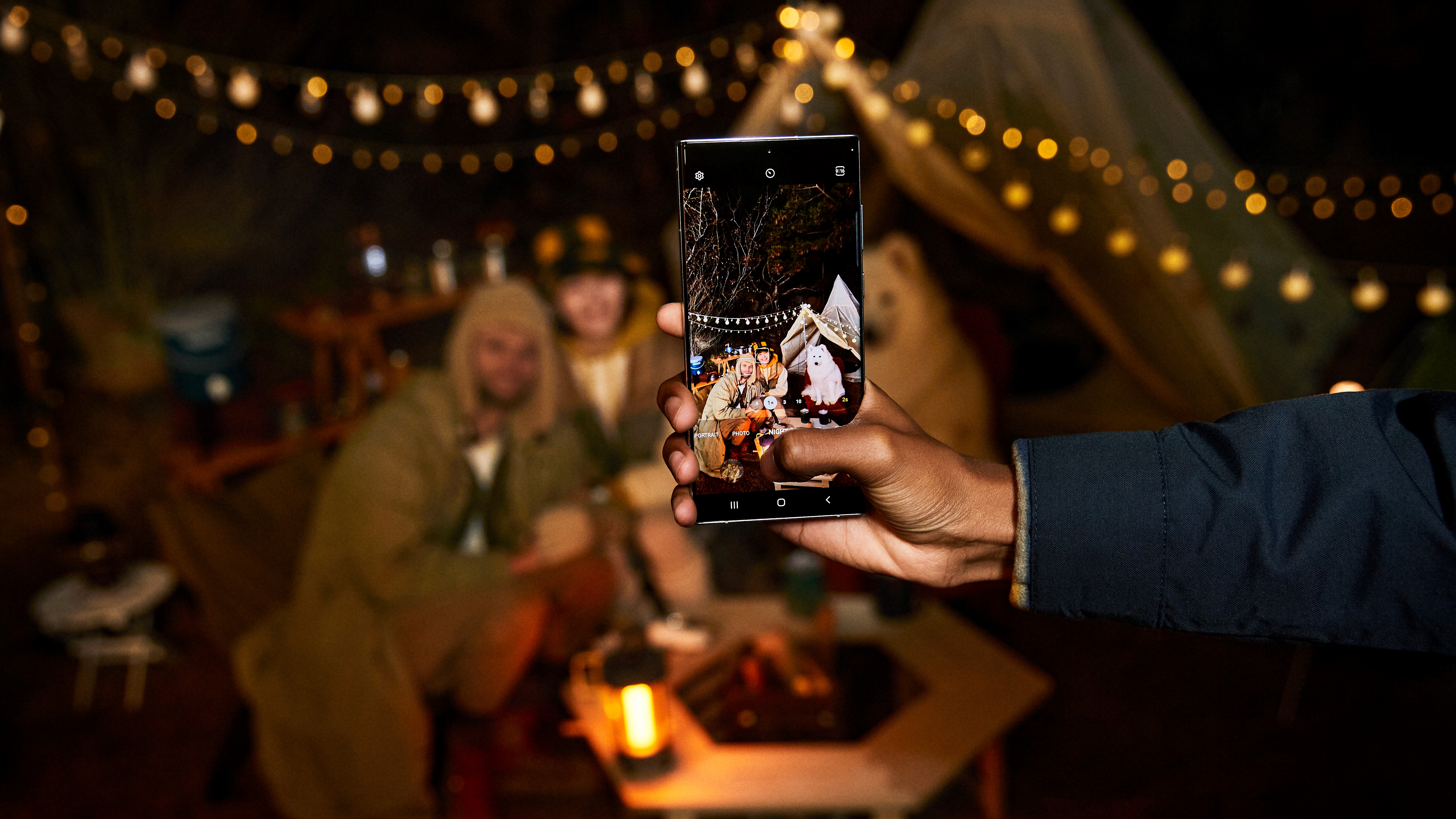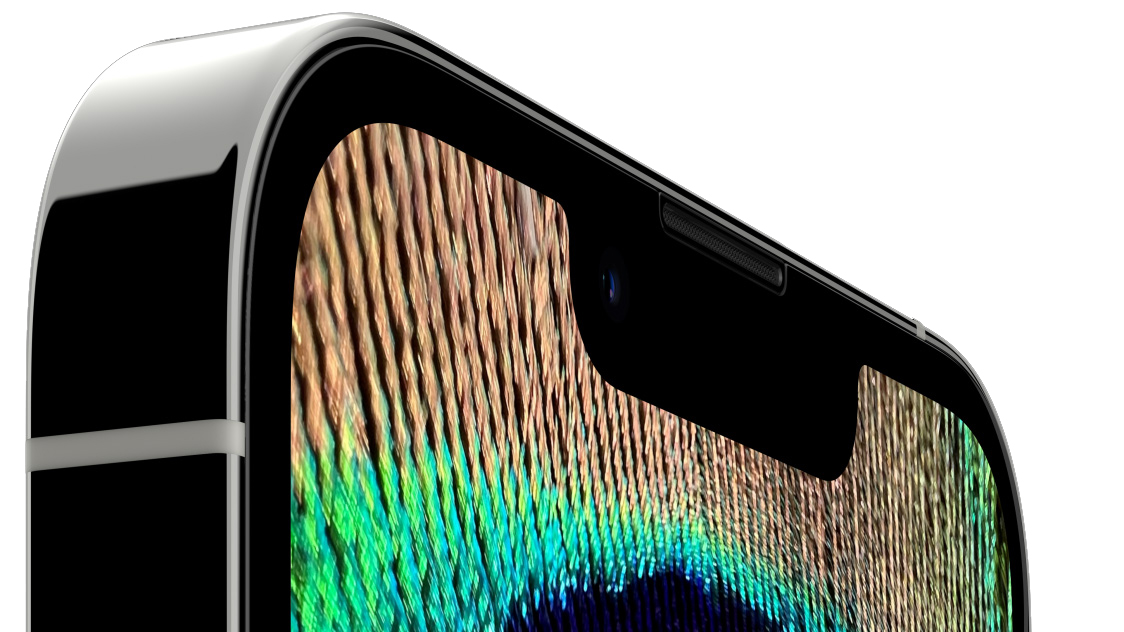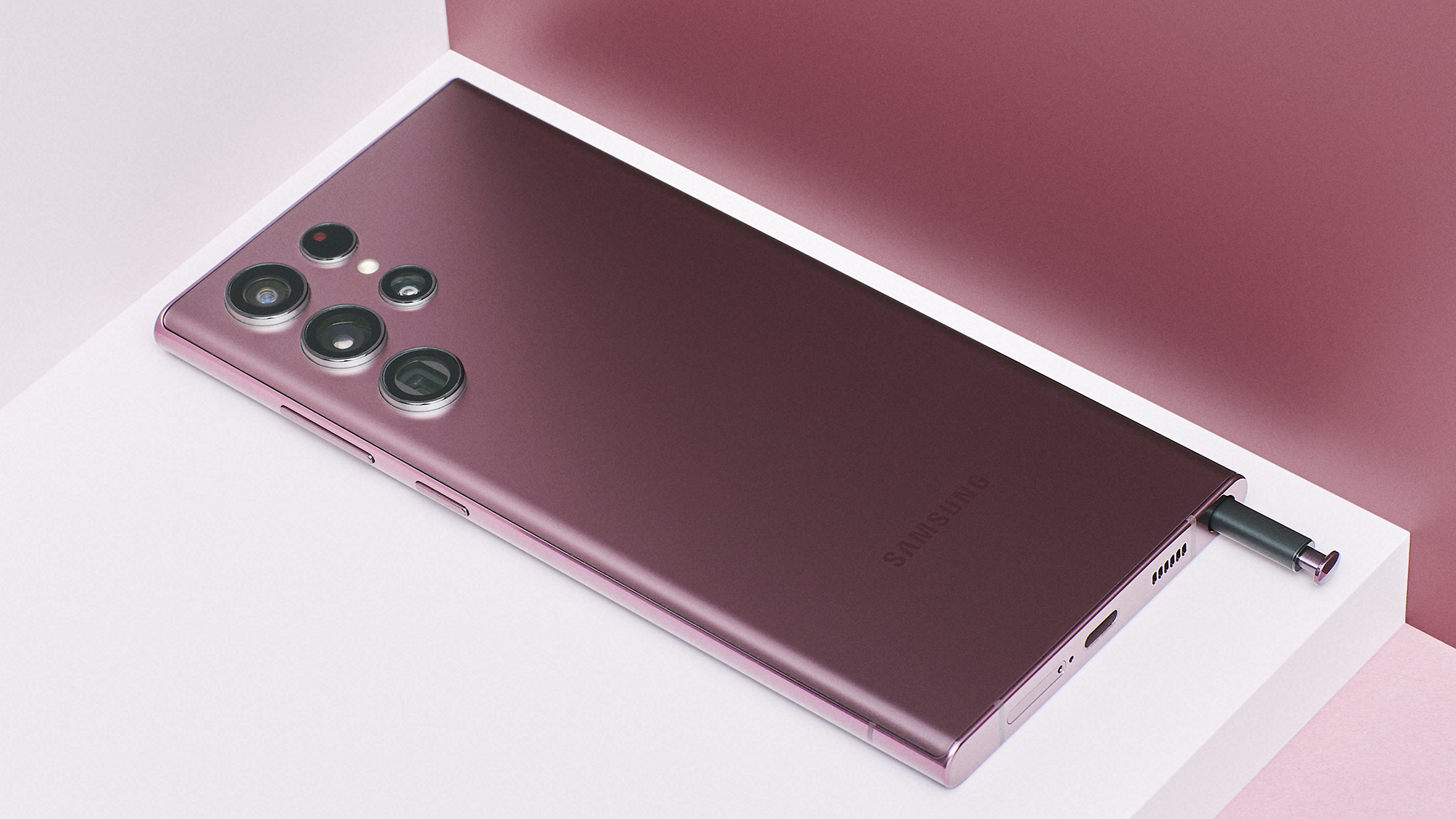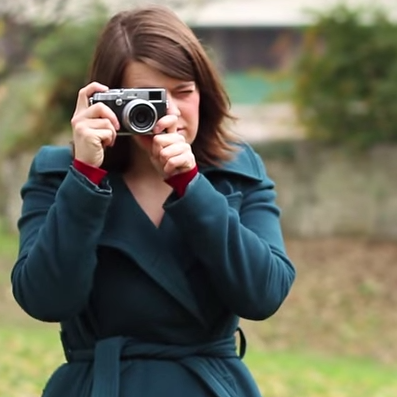Samsung Galaxy S22 Ultra vs iPhone 13 Pro cameras: what are the differences?
Want to know which flagship smartphone is best for photography - read on to find out more


The quality of the camera onboard today’s best phones is often used as a crucial selling point for any new release. Both Samsung and Apple have chased the photography market for a number of years, making improvements to their camera offerings with every new release.
In terms of which smartphone is best for photography, there’s quite a lot to consider - which is where we come in. Of course there’s the actual cameras and lenses themselves, but other specifications such as the device’s processor, screen size and resolution, video capabilities, accessories, special camera modes, storage capacity and even battery life can all have a bearing on a smartphone’s capability as a camera.
There’s also price to consider, naturally, with neither the Samsung Galaxy S22 Ultra or the iPhone 13 Pro being “cheap” options. In this piece, we’ll be taking a look at how some of the key specifications of each device stack up against each other, to help you determine which might be the better buy for you.
Samsung Galaxy S22 Ultra vs iPhone 13 Pro: Cameras and lenses
Let’s kick off with the fundamental basics. The Samsung S22 Ultra has a four-camera/lens set up. The “main” camera has an 108 megapixel sensor, with the pixels claimed to be 1.23x larger than those found on the Samsung Galaxy S21 Ultra’s main sensor. It is paired with an f/1.8 lens. Alongside that lens you also have a 12 megapixel ultra-wide angle f/2.2 lens, and two telephoto lenses - a 3x f/2.2 lens and a 10x f/4.9 lens.
By contrast, the iPhone 13 Pro series (both the 13 Pro and the larger 13 Pro feature the same camera setup), only has a triple-lens setup. All the cameras for the iPhone 13 Pro are 12 megapixel sensors. The main sensor has a 26mm f/1.5 lens, with an ultra-wide 13mm f/1.8 lens, and 78mm (3x) f/2.8 lens.
On paper at least, this set up would suggest that the Samsung is the better option - with an extra lens, a larger resolution main sensor.

Samsung Galaxy S22 Ultra vs iPhone 13 Pro: Shooting modes
With its simple native camera app, the iPhone 13 Pro offers a reasonably basic shooting experience. Over the past few years, some additional shooting mades have been added to broaden the user experience though - this includes the ability to shoot in Apple’s ProRAW format and Portrait mode. Deep Fusion and Night Mode are designed to make low-light shooting better, but both are automatic settings which activate when certain light conditions are detected. There’s no way to shoot in a “manual” mode using the native camera app, but there are plenty of third-party apps which can be downloaded through the App Store to give you this kind of flexibility.
Get all the latest news, reviews, deals and buying guides on gorgeous tech, home and active products from the T3 experts
Samsung meanwhile has offered a more comprehensive set of controls for its native camera app for some time. Not only is there a general-purpose automatic option, there are also special modes such as Portrait mode and Night Mode, as well as a Pro Mode which gives you manual control, and an entirely separate ExpertRAW app which allows for capture and editing of raw format files.

Samsung Galaxy S22 Ultra vs iPhone 13 Pro: Video
Video has been a crucial factor when it comes to determining the quality of a smartphone for some time now, with both devices gunning for that semi-pro content creator type audience. With the iPhone 13 Pro you get 4K video and useful tools such as Cinematic Mode (which creates a shallow depth of field effect) and ProRes video (only available if you have the 256GB or larger capacity model). Sensor-shift optical image stabilisation works to keep footage smooth.
Meanwhile, the Samsung Galaxy S22 Ultra offers a range of video options, including the capability of recording in 8K. It also has a “Live Focus” option to shoot with a shallow depth of field. To keep its video smooth, it uses Super Steady System - though this is only available when recording in Full HD.
Samsung Galaxy S22 Ultra vs iPhone 13 Pro: Processor
It’s hard to tease out which of the two phones has a better processor – both the iPhone 13 Pro series and the Samsung S22 Ultra use each respective company’s top-line processor. With advanced processors, several camera-related functions are improved - such as on-device AI to reduce noise in low-light scenes and high-resolution video capability.

Samsung Galaxy S22 Ultra vs iPhone 13 Pro: Screen
Screen size is important to photographers and videographers who intend to spend a lot of time looking at their images / video in playback, or perhaps want to edit their work as they go. On top of that, some users may prioritise screen size over how comfortable the phone is to hold or fit in a pocket. Resolution and refresh rate is also important for crisply and smoothly displaying your media.
On paper at least, it is Apple which loses here. The Samsung S22 Ultra has a 6.8” Dynamic AMOLED QHD+ (3200 x 1400 resolution) screen, with a 120Hz refresh rate - that makes it larger than both the iPhone 13 Pro and the iPhone 13 Pro Max. The smaller of the two Apple models, the 13 Pro, has a 6.1” Super Retina XDR screen with a 2532x1170-pixel resolution. The 13 Pro Max has a 6.7” Super Retina XDR screen with a 2778x1284-pixel resolution. Both Apple models also have a 120Hz refresh rate.
Samsung Galaxy S22 Ultra vs iPhone 13 Pro: Accessories
Most of the official accessories associated with smartphones don’t have a huge amount to do with photography, however it’s worth mentioning here the S22 Ultra’s S Pen. Something which is normally only found in Samsung’s “Note” series, the pen can be used for drawing and making notes, but from a photography perspective it also has a very useful application - it can be used to trigger the shutter, handy when shooting selfies or group shots remotely from any kind of distance.
Samsung Galaxy S22 Ultra vs iPhone 13 Pro: Battery Life and Storage
If you’re somebody who takes a lot of photos and/or videos, battery life is likely to be a crucial factor. The S22 Ultra has a large-capacity 5000mAh battery, which should easily last a full day of even fairly frequent shooting. Apple doesn’t officially release its battery specs, but instead suggests the battery life of the iPhone 13 Pro is up to 22 hours of video playback, or 28 hours for the larger iPhone 13 Pro Max. Most should find that the iPhone 13 Pro lasts an average day, but heavy users of the camera app may find that it needs a power boost at some point in that period. Both devices support fast charging and wireless charging.
In terms of storage, the S22 ultra has options from 128GB to 1TB, which is the same as the iPhone 13 Pro. The 128GB option for the Samsung S22 Ultra means you get less RAM, which could have speed implications for your phone. On a similar note, the 128GB option for the iPhone 13 Pro means you can’t use ProRes video, which may or may not be a deal breaker for you - you need to opt for the 256GB model as a minimum.
Samsung Galaxy S22 Ultra vs iPhone 13 Pro: Price
As we’d expect from high-end devices, neither phone is a cheap proposition. The cheapest iPhone 13 Pro comes in at $999 / £949 for the 128GB model. By contrast, the Samsung S22 Ultra starts at $1,199 / £1,149 for the 8GB RAM /128GB storage option.

Samsung Galaxy S22 Ultra vs iPhone 13 Pro: Conclusion
It can be tricky to know which high-end smartphone is the best for photography. It’s clear that both the Samsung device and the Apple device have their strengths and weaknesses, which aren’t necessarily always directly solved by the other device.
Looking at specs alone, it’s the Samsung S22 Ultra that is the winner here. With its extra lens, high-resolution main sensor, more comprehensive native camera app, a larger screen and a long-lasting battery life, it ticks a lot of boxes.
On the other hand, the iPhone 13 Pro is arguably a slicker or more straightforward experience to use, and thanks to its smaller screen size, it feels more comfortable in the hand. Both are capable of producing some stunning shots and video in the right hands.
The fact that many users are dyed-in-the-wool Android *or* iOS users also has a part to play here. If you're in the Apple ecosystem, tempting you to ditch it for Android - and vice versa - is a tricky task indeed. Both smartphones are fantastic tools for photography, but if we have to pick just one winner - theoretically at least, it’s the Samsung.
Look out for a full review in due course to see if that’s the case.
Amy Davies is a freelance journalist that covers cameras for T3 and many other sites. She is also Features Editor at Amateur Photographer magazine and, when she's not writing about cameras, she's probably taking pictures of her cute dog.
